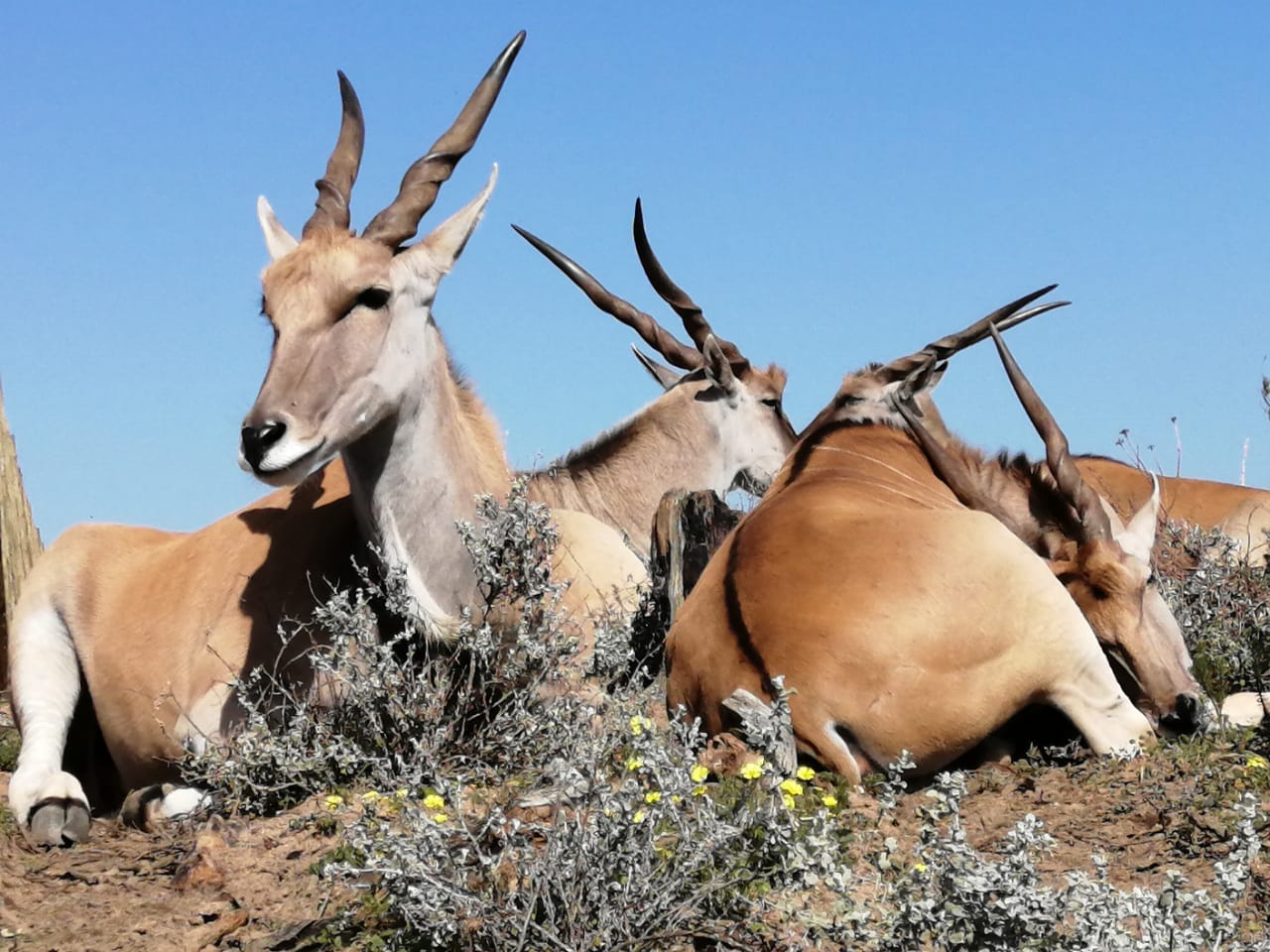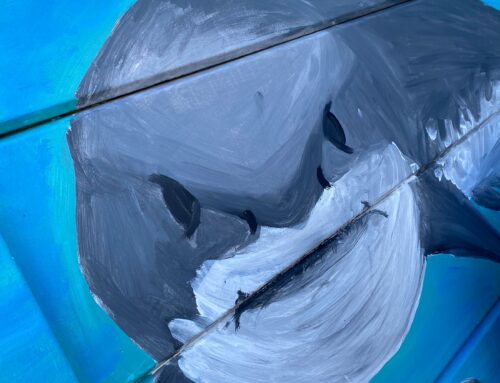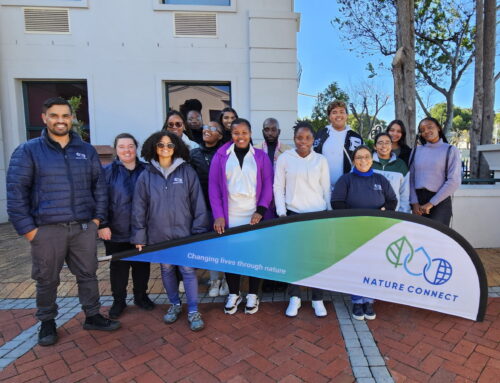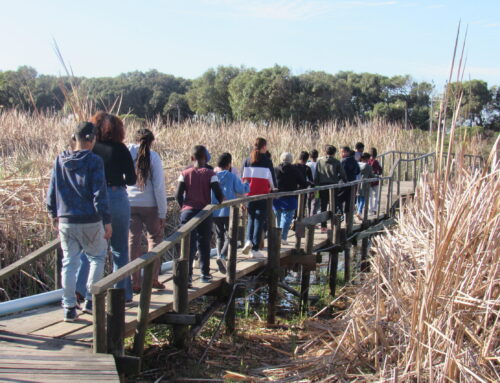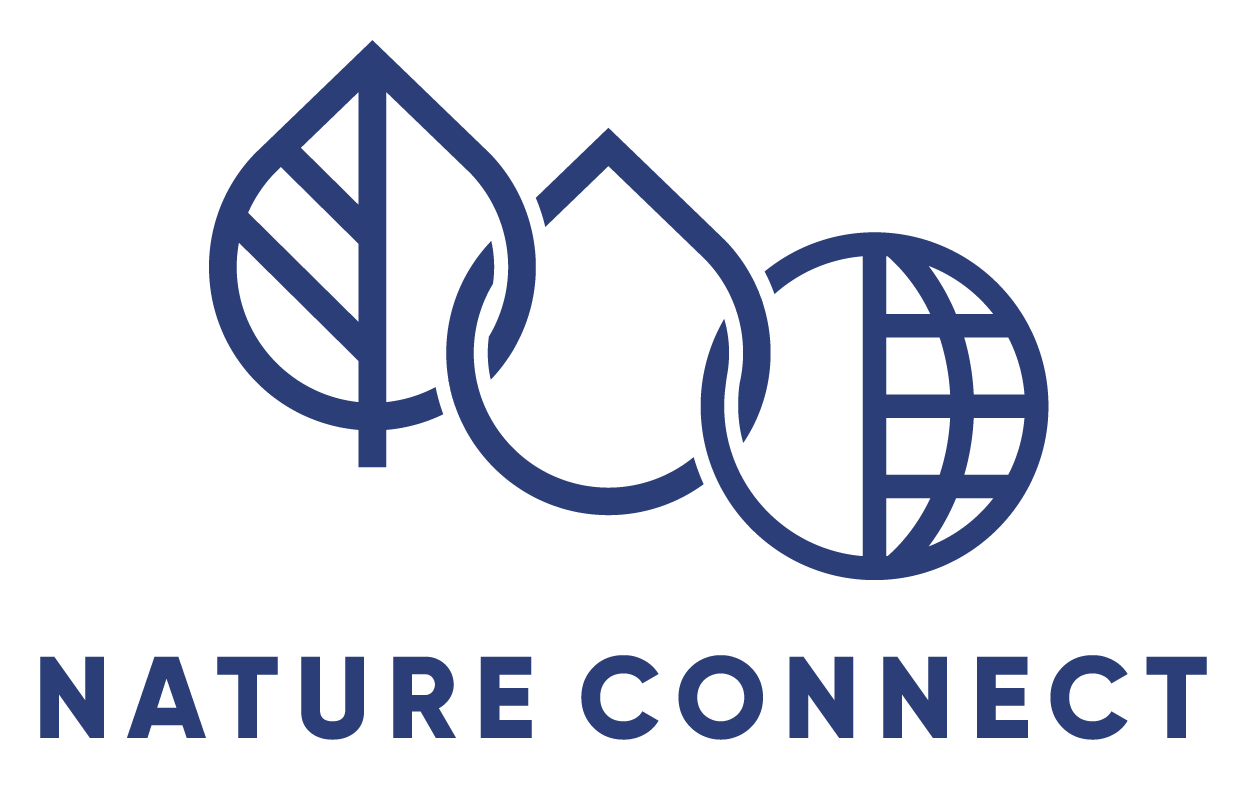 It’s been over three months since the eland arrived at Vergelegen Nature Reserve and they have settled in surprisingly well. Since their arrival at the end of July 2020, they’ve had free access to their boma (confined area of 12m x 15m) where they receive a small amount of supplement feeding once a day. This allows for daily visual monitoring of their health and body condition. Keeping the eland conditioned to the boma also ensures that they can easily be contained should there be an emergency or any sort of treatment required.
It’s been over three months since the eland arrived at Vergelegen Nature Reserve and they have settled in surprisingly well. Since their arrival at the end of July 2020, they’ve had free access to their boma (confined area of 12m x 15m) where they receive a small amount of supplement feeding once a day. This allows for daily visual monitoring of their health and body condition. Keeping the eland conditioned to the boma also ensures that they can easily be contained should there be an emergency or any sort of treatment required.
Since the eland arrived, they’ve been feeding on a variety of naturally occurring plant species including the Renosterbos (Elytropappus rhinocerotis), not a plant species they were exposed to in the Strandveld at Rondevlei, but a common plant species found in Renosterveld. They’ve shown a definite interest in browsing woody shrubs and trees on site, with Bietou (Osteospermum moniliferum) remaining one of their old time favourites. Some interesting observations were the eland nibbling on rock moss, taking mid-day snoozes, and removing ticks from the dewlap by rubbing against the granite rock boulders.
Petro Botha, Gantouw Project Manager tells us the stay at Vergelegen has not been without challenges, with gale-force winds causing damage to the newly-erected game fence and boma. “I didn’t expect that call to say, “the eland camp fence is down, the eland are out, come quickly!” Luckily it was a field day for me and I was just entering Somerset West. By the time I got to the farm, they had managed to get the eland back to the camp and closed in the boma”.
She goes on to say, “Some smaller fauna spotted around the eland camp includes caracal, puff adder, bontebok and plenty of guinea fowl. The eland receive regular visits from staff and guests at Vergelegen, as the new ecological tours route at Vergelegen passes the eland camp. Monitoring is ongoing and two very passionate conservation students are volunteering time to assist with the weekly fieldwork. What we look forward to for the rest of the month is a follow-up vegetation survey and working with Quemic Airborne team on the 3D modelling of the vegetation plots”.

